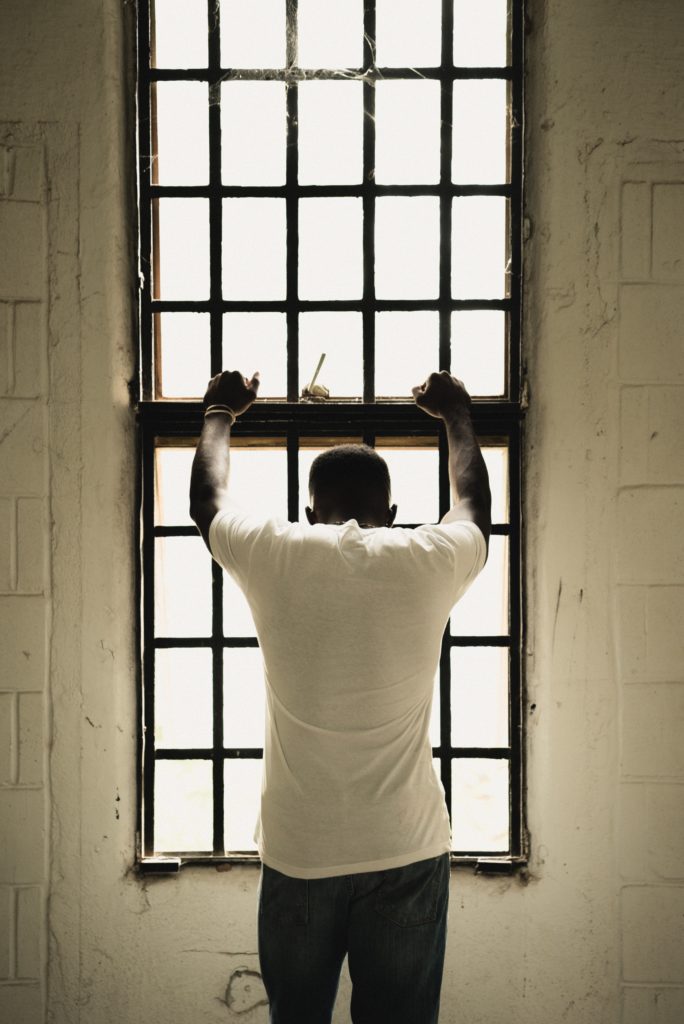The Landscape of Youth Incarceration

This summer, PYP will turn our attention to a series of webinars focused on youth yoga programming, as we anticipate a return inside soon to in-person programs. I will be the guest for the first webinar to share my experiences as an educator and a current yoga facilitator for youth incarcerated at the juvenile detention center in Little Rock.
I am patiently awaiting my return inside to work with them once again, as I can confidently state that our Wednesday morning yoga practice was always the highlight of my week.
Now that I have re-established contact with the facility, I learned that they followed an executive order stopping in-person visits. Still, kids could FaceTime with family and move around throughout the day rather than be confined to their cells. I recognize how hard this way for everyone – the kids, their families, and correctional staff.
–
As we prepare to return, it is critical to consider the landscape of youth incarceration and justice, both before COVID and how COVID impacted incarcerated youth.
In 2019, The Prison Policy Initiative released a 2019 report describing the state of youth incarceration. While policies regarding youth are very state-dependent, there is a disproportionate number of youth of color incarcerated across the country. There has been significant progress towards reducing the number of youth incarcerated. Still, this racial disparity remains problematic at all levels of incarceration- from who is sentenced to confinement to how long they are sentenced.
For a complete look at youth incarceration, follow this link:
https://www.prisonpolicy.org/reports/youth2019.html
To learn more about the spread of COVID in juvenile facilities, follow the link below. Of significance is that many facilities chose to stay quiet about their infection rates. In the worst-case scenarios, they opted for isolation to prevent the spread of the disease, which is particularly harmful to people, especially to kids.
As we prepare to return, we must consider how to hold space for youth and correctional staff to process this past year and make room for continued reform in how we support youth who experience trauma. At times this could look like yoga practice, at times conversation, and hopefully the majority of the time it looks like pockets of laughter and joy as we practice together.

Responses